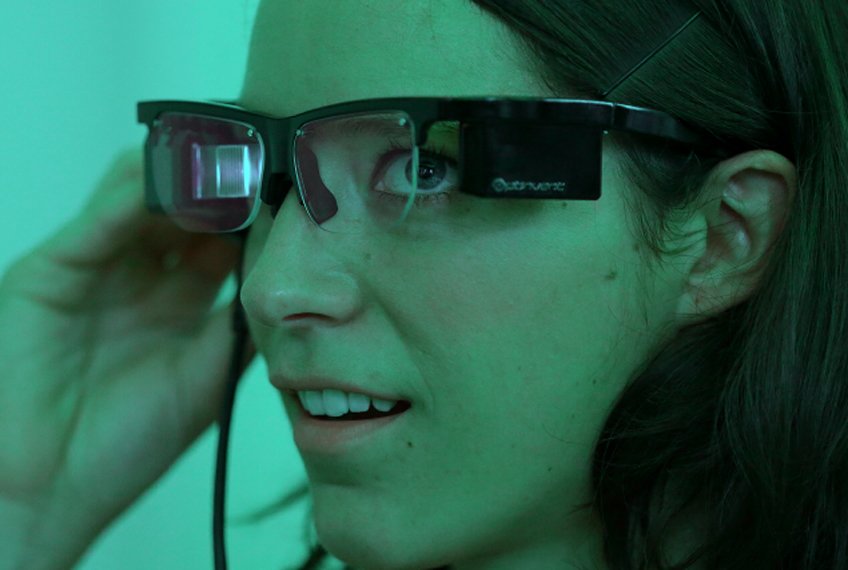3 Ways Technology is Helping Emerging Countries to Bridge the Gap
A lot of emerging countries are experiencing a boost thanks to new technologies. Advancements in technology are helping developing economies to bridge the gap in many areas including business, basic amenities, healthcare, telecommunications and more. In this article, we’re going to explore some of these advancements and how they are changing emerging countries for the better.
Telemedicine
Telemedicine is one of the most major advancements not only in developing countries, but in the world in general. But what is telemedicine exactly and how does it work?
Telemedicine simply uses telecommunications to provide all types of healthcare services at a distance. In many instances, telemedicine is used to bridge the gap between remote facilities and patients in remote areas. For a long period, telemedicine has been used to reach people in rural communities, but is increasingly being used in emerging markets where there is a lack of infrastructure.
While there are many applications that can be used specifically for telemedicine, all you need is a computer, laptop, tablet or phone equipped with a messaging app that allows for video. This is what makes telemedicine so disruptive and revolutionary. And, with the advent of live streaming, telemedicine will only be made easier.
While telehealth and telemedicine are often seen as interchangeable, they aren’t exactly the same. While telemedicine focuses mainly on services provided by clinicians, telehealth is much broader and might include things such as medical advice and education provided by non clinicians.
What telemedicine does that traditional medicine doesn’t is provide health care directly within the patient’s environment. This provides an advantage in almost any treatment imaginable. Also, many patients living in remote areas, especially in the developing world, may have many issues that prevent them from actually physically visiting a doctor’s office. These challenges may be logistical, as roads and infrastructure might be lacking, distance, or simply lack of means. Since telemedicine can be performed through a simple smartphone, which are very common due to low entry models, everybody can access a healthcare professional.
Also, technological advances in wearable technology will allow people from remote area a chance of being monitored by healthcare professionals around the clock. Many people in the developing world don’t have access to home care, and this could provide a great option in the future.
Interesting devices such as Holomic, the world’s smallest microscope, which can be attached to a smartphone and carried everywhere by healthcare professionals, or even origami microscopes made of paper and a lightweight lens could completely revolutionize the world of diagnostics.
Apps like Babylon allow people in developing country the chance to access world class healthcare professionals 12 hours per day and use artificial intelligence and a large database to diagnose diseases and conditions.
Telecommunications
Telecommunications is another area where developing countries are fast catching up. Wireless technology has been a literal godsend when it comes to telecommunication infrastructure. Since wireless networks are much easier to install and can be implemented much faster, it has allowed large swaths of the population to be instantly connected in a way that never was possible before.
Broadband internet is now accessible to a much larger number of people, which not only helps the impoverished, but entrepreneurship in emerging countries as well. Take VoIP for instance, which has been seen as one of the most disruptive technologies in most recent times. VoIP allows business owners in developing markets a chance to get up and running with a professional phone service without having to pay exorbitant prices for installation.
Business VoIP is in many ways very similar to regular telephony with the exception of the fact that voice data is delivered via the internet. What that means is that less infrastructure is needed, which is often the case in the developing world. Anybody with an internet connected device nowadays can use VoIP and there is no need for special hardware to get started.
Another aspect of VoIP that is especially beneficial for small businesses is that they almost eliminate roaming costs. As many new business owners do not work from one steady location, VoIP offers many options that make it even more convenient for digital nomads or those operating from multiple locations.
For instance, many VoIP providers have a “follow me” option that allows people to set different locations where they can be reached before the call reaches a voicemail. For instance, you could have your phone ring at your home office for the first 3 rings, then have it direct to your home phone before directing to your cell phone after a certain number of rings.
But the innovations don’t stop at VoIP technology. Many manufacturers have decided to hop on the low budget level entry smartphone sector to get a chunk of new emerging markets. One of these efforts is the Obi Worldphone, which has been designed specifically for developing markets and is being sold for under $250 each.
These phones have all the bells and whistles of higher end smartphones, only at a fraction of the price. While chances are the Obi will never become a mainstream phone in the West, it still has a few interesting features. The Worldphone SF1, which is the company’s flagship phone, comes complete with a 3000mah battery, a full HD display, Qualcomm Snapdragon processor and 13mp camera. This is pretty impressive for a phone so affordable. And the build construction is just as good as any high level smartphone from competing companies such as Apple and Samsung. We can expect more companies to follow in the Obi’s footsteps in an attempt to capture a part of the market as well, which is rapidly expanding.
Modems such as the BRCK which have been described as a “generator for the internet” are also taking the world by storm. The BRCK is a battery powered, fully autonomous, small modem which can connect as many as eight devices at a time. Furthermore, users have access to a cloud function that allows users to check on the BRCK wherever they are.
Fintech
Of course, one of the major preoccupations in emerging countries revolves around money transfers. In some countries, money transfers are huge contributors to the country’s GDP. Many startups have seen this as an opportunity to focus on an untapped market that was still underserved in many people’s eyes.
Also, the principle of financial inclusion, which was mainly unheard of just a few years ago, is making waves at the moment and the idea of offering financial services for lower prices is gaining traction.
Fintech could play a major role in improving distribution channels, transparency and accountability, financial capability and increased rural access. There was a time when rural businesses needed access to a major branch to access even the simplest of services, but no more.
Also, there is a huge segment of the world population that does not have access to banking services, but still need financial services nonetheless. Dubbed the “unbanked”, they represent over 2.5 billion people, which is a staggering number at first glance. In addition, over 200 million businesses are said to operate with no banks whatsoever.
Citibank launched the Citi Mobile Challenge, which was aimed at promoting innovation in the sector. Fintech startups from all over the world compete in a chance to win huge cash prizes and global recognition. One of the winners, Craft Silicon, out of Kenya, aimed to bridge the gap between social media and mobile payments. Companies such as Umati Capital are aimed at providing funding for small businesses in developing countries.
M-Pesa, which is a mobile payment service that was launched by Kenyan telecommunication giant Safaricom, completely transformed the way funds are transferred in the country. As a matter of fact, it is said that the amount of funds transferred every year through the app equals 42% of the country’s GDP.
The way the service works is simple. Users bring cash to their local M-Pesa franchise and the money is then deposited into a fund held by Vodafone. The money appears as funds deposited into their phones. To send money, all people have to do is enter the number of the person they would like to send the money to as well as the amount. The money is then sent almost immediately.
The app can be used to pay for bills, school costs, everyday expenses and more. It is a great alternative for many people who have no access to credit cards or debit. In a country where many businesses operate without a merchant account, M-Pesa provides a much needed boost to the country’s economy and we can expect the service to be introduced in many other countries as well.
Conclusion
Emerging economies benefit in many ways from new technologies. The Fintech sector is doing much for those who can’t access basic banking and telemedicine is completely transforming the world of healthcare. In addition, mobile and VoIP technology are democratizing telecommunications and are allowing more people to be connected and make phone calls for less.

Founder Dinis Guarda
IntelligentHQ Your New Business Network.
IntelligentHQ is a Business network and an expert source for finance, capital markets and intelligence for thousands of global business professionals, startups, and companies.
We exist at the point of intersection between technology, social media, finance and innovation.
IntelligentHQ leverages innovation and scale of social digital technology, analytics, news, and distribution to create an unparalleled, full digital medium and social business networks spectrum.
IntelligentHQ is working hard, to become a trusted, and indispensable source of business news and analytics, within financial services and its associated supply chains and ecosystems




























